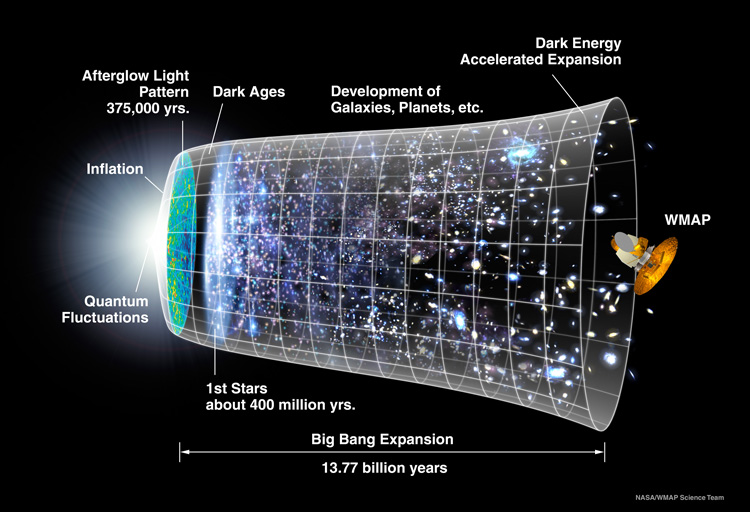Kalam
Senior Member
- Mar 5, 2009
- 8,866
- 785
- 48
Nice attempt to divert attention away from the discussion at hand. You know very well that the isolated system referred to in my last post contains all other isolated systems.Do you even read what you post?
So, why do you erroneously believe that the universe does not experience net increases in entropy?
Because the Entropy of the universe CAN equal zero.
"In concise form, the second law, as formulated mathematically in 1862 by German physicist Rudolf Clausius, states that in a cyclical heat-driven process which is in any way possible the following relation will always hold:

where dQ is an element of the heat given up by a body to any reservoir of heat during its own changes, heat which it may absorb from a reservoir being here reckoned as negative, and T is the absolute temperature of the body at the moment of giving up this heat. [1] The quantity "dQ/T" is called entropy."
You're arguing that the entropy of the universe therefore always equals zero. This is incorrect.










